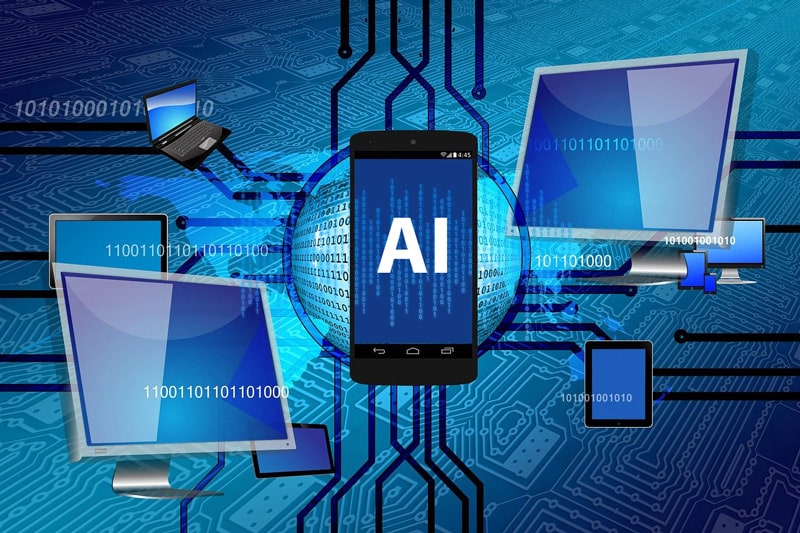In a promising development for millions of students and adults living with dyslexia, a new AI-powered software has been introduced that could transform how the condition is managed and treated. The software—currently in pilot phases across select schools and therapy centres in the U.S.—uses artificial intelligence to tailor reading experiences to each individual’s learning style, with adaptive voice support, word breakdowns, and real-time comprehension feedback.
This innovation isn’t just a win for accessibility—it’s a sign that AI is beginning to play a truly human role in education and healthcare. With dyslexia affecting roughly 15-20% of the U.S. population, this technology may be the start of a more inclusive era for learning.
Let’s explore what this tool does, how it works, and why it matters.
What the New AI Tool Does
This AI-powered reading assistant goes far beyond your average text-to-speech tool. It can:
- Detect where a user struggles—tracking pauses, skipped words, and reading speed
- Suggest targeted practice based on real-time analysis
- Adjust its support—reading aloud, simplifying vocabulary, or providing phonetic help
- Gamify learning with progress tracking and motivation badges to keep young learners engaged
Some versions of the tool are also compatible with tablets and phones, making it accessible for students both at school and at home.
Early trials have shown encouraging results: teachers have reported noticeable improvement in reading comprehension and confidence in students using the software consistently for just a few weeks.
Why It Matters for the U.S. Education System
Dyslexia can often be misunderstood or misdiagnosed. In traditional learning environments, students who struggle with reading may fall behind, despite being intelligent and capable. The lack of personalisation in mass education often leads to frustration, loss of self-esteem, and a long-term gap in academic performance.
Here’s why this AI development is important:
- Early intervention becomes easier: Real-time feedback helps detect reading issues before they snowball into larger problems.
- Removes stigma: Students using assistive tech don’t feel “different”—the software is discreet, and its gamified interface makes it feel more like a reading buddy than a therapy tool.
- Supports teachers: Educators receive insights about each student’s reading patterns and can adjust lesson plans accordingly.
- Helps families: Parents can now be involved without needing advanced teaching expertise—the tool helps them support learning in simple, guided steps.
This is not just an assistive tech solution—it’s a learning companion that’s empathetic, efficient, and incredibly needed.
The Tech Under the Hood
The software uses a combination of:
- Natural Language Processing (NLP) to understand the structure of text
- Speech recognition and analysis to track fluency and phonetic accuracy
- Machine learning algorithms that adapt based on user progress
- Cloud-based data storage to sync progress across devices and with educators
This is where AI shines—not just in automation but in creating personalised, adaptive solutions that evolve with the learner.
Ascend Education’s Take: The Future of Inclusive Tech Learning
At Ascend Education, we believe this news is far more than a tech headline—it’s a glimpse into the future of how we learn, teach, and support one another in the digital age.
Here’s why we’re paying attention:
1. AI is Now a Tool for Empowerment
The use of AI for dyslexia shows how artificial intelligence is beginning to serve more human-centred roles. It’s not just about faster processes or higher productivity—it’s about making education more accessible, personalised, and dignified.
This aligns with Ascend’s mission: to equip learners of all abilities with the tools they need to thrive. Whether it’s adaptive cybersecurity labs or personalised certification prep, the idea is the same—learning should meet the learner where they are.
2. The Accessibility-Tech Link is Strengthening
As this dyslexia tool demonstrates, AI’s role in accessibility will become a critical component of edtech innovation. This means future educators, developers, and designers will need to understand how to build tools for inclusivity.
That’s why our curriculum isn’t just about technical skill—it also includes modules on user experience, inclusive design, and real-world impact. The AI talent of tomorrow must also be empathetic innovators.
3. Schools Need to Prepare for an AI-First Classroom
This news is a wake-up call for K-12 institutions: AI isn’t coming, it’s already here—and students are using it to learn better. Schools must be equipped with infrastructure, digital training, and responsive systems that make the most of this technology.
Ascend Education’s work with school districts and training centres helps integrate AI-powered tools, not just for teachers and IT staff, but for students themselves. From foundational AI literacy to industry certifications, we’re bridging the gap between traditional teaching and the AI-driven future of learning.
Final Thoughts
The AI software designed to support individuals with dyslexia might not be as flashy as self-driving cars or humanoid robots, but its impact could be far more personal—and powerful.
This is AI doing what it should: helping people learn better, faster, and with more confidence.
At Ascend Education, we believe this is just the beginning. As AI continues to evolve, we must ensure it is built not only for efficiency but also for empathy, accessibility, and equity.


